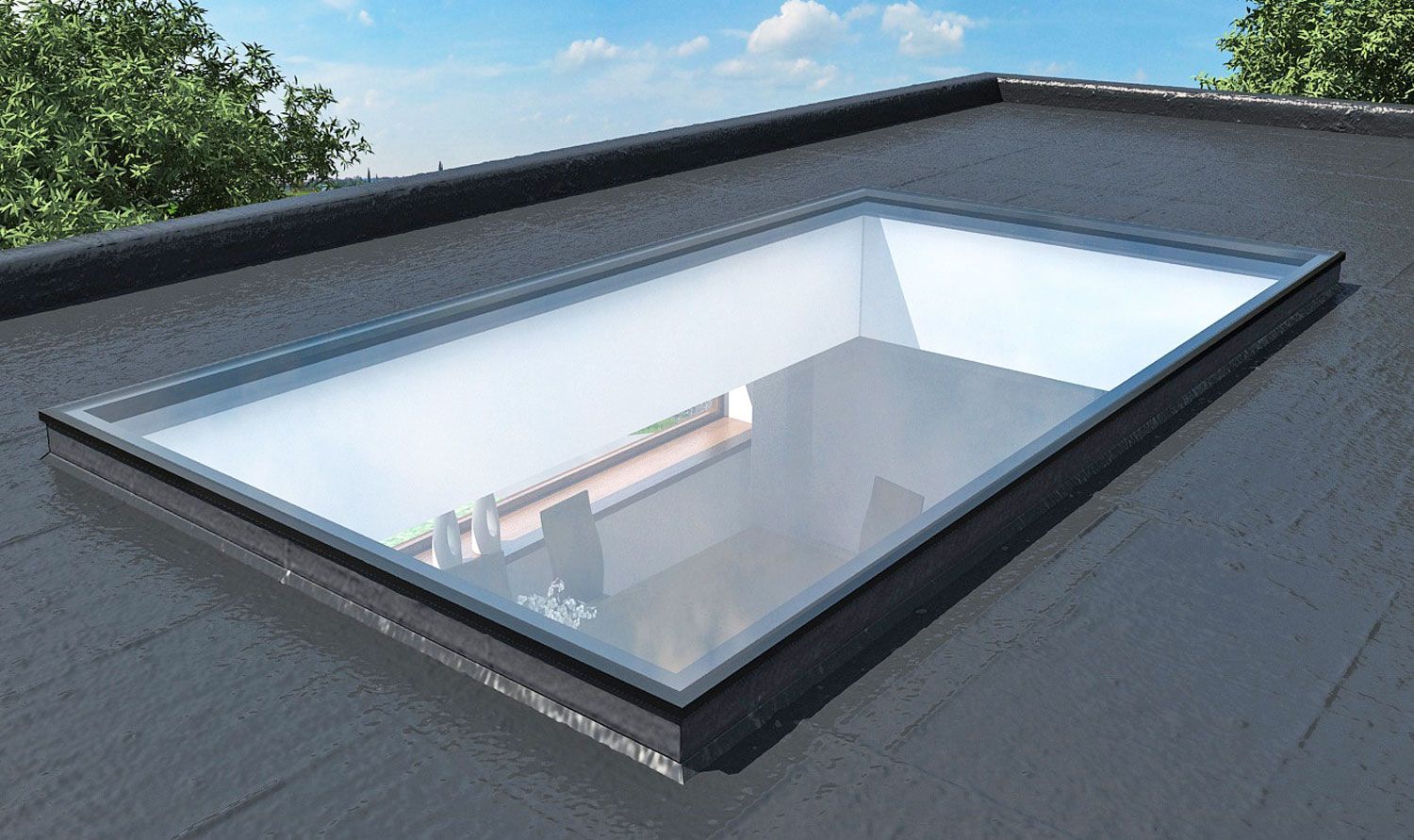

Articles
What Is The Best Skylight To Buy
Modified: October 28, 2024
Looking for the best skylight to buy? Check out our informative articles for expert advice on choosing the perfect skylight for your needs.
(Many of the links in this article redirect to a specific reviewed product. Your purchase of these products through affiliate links helps to generate commission for Storables.com, at no extra cost. Learn more)
Introduction
Skylights are an interesting and functional addition to any home or building. They not only bring in natural light, but also provide a glimpse of the outside world, creating a connection with nature that can enhance the overall ambiance of a space. The market is filled with a wide range of skylights, each with its own unique features and benefits. With so many options available, it can be overwhelming to determine which skylight is the best one to buy.
In this article, we will explore the various factors to consider when purchasing a skylight. We will delve into the different types of skylights, compare different skylight materials, analyze the energy efficiency of skylights, discuss installation considerations, and provide guidance on maintenance and care. Additionally, we will address the cost analysis of different skylight options and highlight some popular skylight brands and manufacturers to consider.
By the end of this article, you will have a comprehensive understanding of the important factors to consider when purchasing a skylight, as well as the knowledge necessary to make an informed decision that aligns with your specific needs and preferences.
Key Takeaways:
- Choose the best skylight by considering factors like location, size, material, and energy efficiency. Research reputable brands like VELUX, Fakro, and Wasco for high-quality options that enhance your space.
- Prioritize energy efficiency, proper installation, and regular maintenance when buying a skylight. Explore different types, materials, and costs to make an informed decision that brings natural light and beauty to your space.
Read more: Where To Buy Skylight Calendar
Factors to Consider When Buying a Skylight
When it comes to buying a skylight, there are several factors that you should take into consideration. These factors will help you choose the right skylight that not only matches your aesthetic preferences, but also meets your practical needs. Below are some key factors to keep in mind:
- Location and Purpose: Consider the location and purpose of the skylight. Will it be installed in a living room, kitchen, bathroom, or other space? Will it be used primarily for bringing in natural light or for ventilation as well?
- Size and Shape: Determine the appropriate size and shape of the skylight based on the available space and your desired aesthetic. Keep in mind that larger skylights allow more light to enter but may impact energy efficiency.
- Orientation: Consider the orientation of your home or building. South-facing skylights receive more sunlight, while north-facing skylights offer more consistent light throughout the day.
- Functionality: Decide on the desired functionality of the skylight. Some skylights are fixed, providing only light, while others can be opened for ventilation.
- Glazing: Choose the appropriate glazing for your skylight. Options include single-pane, double-pane, and triple-pane glazing, each with its own advantages in terms of insulation, soundproofing, and UV protection.
- Energy Efficiency: Look for skylights with energy-efficient features, such as Low-E coatings, argon gas-filled chambers, and thermal breaks, which can help reduce heat loss in the winter and heat gain in the summer.
- Budget: Consider your budget and determine how much you are willing to invest in a skylight. Remember to factor in not just the initial cost, but also long-term energy savings and maintenance expenses.
- Building Codes and Permits: Ensure that you are familiar with your local building codes and regulations regarding skylights. Check if you need permits for installation and if there are any specific requirements to adhere to.
- Installation: Decide whether you will hire a professional to install the skylight or if you have the skills and experience to do it yourself. Proper installation is crucial for the skylight’s performance and longevity.
By considering these factors, you can narrow down your options and choose a skylight that best suits your needs, budget, and overall vision for your space. Remember to weigh the different factors against each other and prioritize based on what is most important to you.
Types of Skylights
Skylights come in various types, each with its own design, functionality, and benefits. Understanding the different types of skylights can help you make an informed decision when purchasing one for your home or building. Here are some of the most common types of skylights:
- Fixed Skylights: Fixed skylights are non-operable and cannot be opened or closed. They are primarily designed to bring in natural light and provide a clear view of the sky. Fixed skylights are a popular choice for spaces where ventilation is not a priority, such as hallways and bathrooms.
- Ventilated Skylights: Ventilated skylights, also known as operable skylights, can be opened and closed to allow for both natural light and airflow. They come in various styles, including hinged, sliding, or motorized skylights. Ventilated skylights are ideal for rooms that require ventilation, such as kitchens and bathrooms.
- Tubular Skylights: Tubular skylights, also known as sun tunnels or light tubes, are smaller in size and are typically used in spaces where a conventional skylight is not feasible. They consist of a dome on the roof that captures sunlight and a reflective tube that directs the light into the room below. Tubular skylights are great for small spaces, such as closets or narrow hallways.
- Pyramid Skylights: Pyramid skylights have a distinctive pyramid shape and are a visually appealing option. They add a unique architectural element to the building’s design and provide ample natural light. Pyramid skylights are commonly used in commercial buildings and spaces with high ceilings.
- Dome Skylights: Dome skylights have a curved shape, often resembling a dome or half-sphere. They are popular for their durability and ability to withstand extreme weather conditions, such as hailstorms. Dome skylights are commonly used in residential and commercial buildings.
- Sloped Glazing Skylights: Sloped glazing skylights are designed with a sloped glazing surface that allows for the maximum amount of natural light to enter the space. They are often used in residential buildings and provide an unobstructed view of the sky.
Each type of skylight has its own unique features and advantages. Consider the architectural style, functionality, and aesthetics of your space when choosing the right type of skylight. It’s also important to consult with a skylight professional or manufacturer to ensure that your selection is suitable for your specific needs and meets the required building codes and regulations.
Comparison of Different Skylight Materials
When it comes to selecting a skylight, the choice of material is an important factor to consider. Different skylight materials offer varying durability, energy efficiency, and aesthetic appeal. Here is a comparison of the most commonly used skylight materials:
- Glass: Glass skylights are a popular choice due to their transparency, allowing for maximum natural light to enter the space. They provide excellent clarity and are resistant to discoloration over time. Glass skylights can be made from single-pane, double-pane, or triple-pane glass, offering varying levels of insulation and soundproofing. However, they can be fragile and may require regular cleaning.
- Acrylic: Acrylic skylights are a lightweight and cost-effective alternative to glass. They are durable, shatter-resistant, and offer good insulation properties. Acrylic skylights are also available in a variety of colors, providing options for diffusing light and reducing glare. However, they may have a shorter lifespan than glass skylights and can be prone to scratching.
- Polycarbonate: Polycarbonate skylights are known for their exceptional durability and impact resistance. They are virtually unbreakable and can withstand harsh weather conditions. Polycarbonate skylights provide excellent insulation properties and are available in both clear and tinted options. However, they may discolor over time and might not provide the same level of clarity as glass or acrylic.
- Fiberglass: Fiberglass skylights are lightweight, durable, and provide good insulation. They have a high resistance to heat and UV radiation, making them ideal for climates with extreme temperatures. Fiberglass skylights are available in a variety of designs and can mimic the appearance of other materials, such as wood or metal. However, they may require additional maintenance, such as periodic painting and sealing.
- Polished Aluminum: Polished aluminum skylights offer a sleek and modern appearance. They are lightweight, corrosion-resistant, and provide good reflectivity, allowing for efficient light transmission. Polished aluminum skylights are often used in commercial buildings and modern architectural designs. However, they can be more expensive compared to other materials and may require more careful installation to prevent condensation issues.
When selecting a skylight material, consider factors such as durability, insulation properties, maintenance requirements, and overall aesthetic appeal. Additionally, consult with a skylight professional or manufacturer to determine the material that best suits your specific needs, budget, and the climate conditions of your area.
Energy Efficiency of Skylights
Energy efficiency is an important factor to consider when buying a skylight. Skylights can impact the heating, cooling, and overall energy consumption of a space. Here are some key considerations regarding the energy efficiency of skylights:
- Glazing: The type of glazing used in a skylight significantly affects its energy efficiency. Double-pane and triple-pane glazing provide better insulation by creating an insulating layer of air or gas between the glass panes. Look for skylights with low-emissivity (Low-E) coatings, which reduce heat transfer and ultraviolet (UV) radiation while allowing for maximum light transmission.
- U-Factor: The U-factor measures a skylight’s heat transfer rating. A lower U-factor indicates better insulation properties and reduced heat loss during the winter. Look for skylights with a low U-factor to enhance energy efficiency.
- Solar Heat Gain Coefficient (SHGC): The SHGC measures the amount of solar heat that can pass through a skylight. A lower SHGC indicates better heat resistance and reduced heat gain in the summer. Consider skylights with a low SHGC to minimize the need for cooling and reduce energy consumption.
- Ventilation: Skylights that can be opened and closed provide the additional benefit of natural ventilation. They allow hot air to escape, improving airflow and reducing the need for air conditioning. Look for skylights with built-in ventilation options, such as crank-operated or motorized vents, to enhance energy efficiency and indoor comfort.
- Solar Control: Some skylights come with built-in solar control features, such as blinds or shades. These accessories can help regulate the amount of sunlight entering the space, reducing glare and heat gain. Utilizing solar control options can enhance the energy efficiency of the skylight and improve the overall comfort of the room.
- Installation: Proper installation of a skylight is crucial for maximizing energy efficiency. Improperly installed skylights can result in air leakage and heat loss. Ensure that the skylight is sealed and insulated correctly, and consult with a professional installer to guarantee airtightness and minimize energy loss.
Choosing an energy-efficient skylight can contribute to significant energy savings over time. Look for skylights that are Energy Star certified, as they meet strict energy efficiency guidelines and can help reduce both heating and cooling costs. Additionally, consult with a skylight professional or manufacturer to determine the most suitable energy-efficient options for your specific needs and climate conditions.
When buying a skylight, consider the energy efficiency, UV protection, and ventilation options. Look for a skylight with low-E coatings and insulated glass to maximize energy savings.
Read more: What Is A Skylight
Installation Considerations
Proper installation is vital to ensure the functionality, durability, and energy efficiency of a skylight. It is highly recommended to hire a professional installer for a seamless and secure installation process. Here are some important installation considerations to keep in mind:
- Structural Integrity: Assess the structural integrity of the roof before installing a skylight. Ensure that the roof can support the weight of the skylight and withstand the additional stresses caused by wind, rain, and snow. Consult with a structural engineer if necessary.
- Flashing and Waterproofing: Proper flashing and waterproofing techniques are crucial to prevent leaks and water damage. The skylight should be installed with purpose-designed flashing systems, ensuring a tight seal between the skylight and the roof. Use high-quality sealants and waterproofing membranes for added protection.
- Slope: Consider the slope of the roof when installing a skylight. The skylight should be positioned at an angle that allows for proper water drainage and prevents pooling or ponding on the glass surface. Consult with an installer to determine the optimal slope for your specific skylight and roof configuration.
- Insulation: Insulate around the skylight frame to prevent heat loss and reduce energy consumption. Use insulation materials that are specifically designed for skylight installations. Proper insulation can also help minimize condensation and improve the overall energy efficiency of the skylight.
- Sealing and Ventilation: Ensure that all gaps and joints around the skylight are properly sealed to prevent air leakage. Proper sealing will contribute to energy efficiency and prevent drafts. Additionally, consider ventilation options to enhance air circulation and prevent moisture buildup within the skylight well.
- Building Codes and Regulations: Familiarize yourself with the local building codes and regulations regarding skylight installations. Obtain any required permits and ensure compliance with safety standards. Failure to adhere to regulations can result in fines and may compromise the integrity of the skylight.
- Careful Handling: Handle the skylight with care during the installation process. Avoid dragging, dropping, or applying excessive force that can cause damage to the skylight or glass surfaces. Follow the manufacturer’s guidelines for proper handling and installation procedures.
- Professional Installation: Hiring a professional skylight installer is highly recommended to ensure a proper and secure installation. Professionals have the knowledge, expertise, and specialized tools to complete the installation safely and efficiently. They can also provide valuable advice on positioning, design considerations, and maintenance requirements.
By taking these installation considerations into account and working with a reputable skylight installer, you can ensure a successful installation that enhances the performance and longevity of your skylight.
Maintenance and Care of Skylights
Maintaining and caring for your skylights is essential to preserve their functionality, appearance, and longevity. Regular maintenance can help prevent damage, ensure optimal performance, and extend the lifespan of your skylight. Here are some important maintenance and care tips to keep in mind:
- Cleaning: Regularly clean the exterior and interior surfaces of your skylight. Use a non-abrasive glass cleaner and a soft cloth or sponge to remove dirt, dust, and debris. Avoid using harsh chemicals or abrasive materials that can scratch or damage the glass or frame. Clean the skylight in mild weather conditions to prevent streaking.
- Inspect for Damage: Periodically inspect the skylight for any signs of damage, such as cracks, leaks, or condensation between the glass panes. Check the seals, flashing, and frame for deterioration or gaps. Promptly address any issues to prevent further damage or water infiltration.
- Check Operation: If your skylight is operable, test its opening and closing mechanism to ensure smooth operation. Lubricate the hinges, tracks, and moving parts as recommended by the manufacturer. If you notice any difficulties or abnormalities in the operation, consult with a professional for proper adjustment or repair.
- Clear Debris: Regularly remove leaves, twigs, and other debris that may accumulate on the skylight. Debris can obstruct the drainage system, causing water pooling and potential damage. Use a soft brush or a gentle stream of water to clear away any debris from the skylight and surrounding area.
- Inspect Flashing and Seals: Check the flashing and seals around the skylight for signs of wear or damage. Make sure that the flashing is securely attached and properly sealed to prevent water infiltration. If you notice any deterioration or gaps, consult with a professional to repair or replace the flashing and seals.
- Trim Nearby Trees: If there are overhanging branches or trees near your skylight, trim them regularly. Branches can scrape against the skylight, causing damage to the frame or glass. Trimming nearby trees will help minimize the risk of debris accumulation and potential damage to your skylight.
- Winter Maintenance: During winter, ensure that snow or ice is not accumulating on the skylight. Excessive snow or ice buildup can put additional stress on the skylight and potentially cause damage. Use a snow rake or brush to carefully remove any snow or ice from the skylight, taking necessary safety precautions.
- Professional Inspection: Consider scheduling a professional inspection of your skylight every few years. A skylight specialist can thoroughly examine your skylight, identify any underlying issues, and provide recommended repairs or maintenance. This proactive approach can prevent issues from escalating and ensure the optimal performance of your skylight.
By following these maintenance and care tips, you can ensure that your skylight remains in excellent condition and continues to provide natural light, ventilation, and aesthetic appeal for years to come.
Cost Analysis of Different Skylight Options
When considering the purchase of a skylight, it is important to have a clear understanding of the associated costs. The cost of a skylight can vary depending on factors such as size, material, type, and additional features. Here is a cost analysis of different skylight options to help you make an informed decision:
- Fixed Skylights: Fixed skylights are typically the most affordable option. The cost can range from $200 to $800, depending on the size and material of the skylight. Additional features, such as energy-efficient glazing or remote-controlled shades, may increase the cost.
- Ventilated Skylights: Ventilated skylights, which can be opened and closed, are generally more expensive than fixed skylights due to their operability. The cost typically starts at around $500 and can go up to several thousand dollars, depending on the size, material, and the type of mechanism used for ventilation.
- Tubular Skylights: Tubular skylights are often the most cost-effective option. They are smaller in size and designed for spaces where a traditional skylight may not be feasible. The cost ranges from $200 to $600, depending on the length and features of the tubular skylight.
- Material: The choice of material also impacts the cost of a skylight. Glass skylights tend to be more expensive compared to acrylic or polycarbonate skylights. Fiberglass and polished aluminum skylights can also be more costly due to their durability and unique features.
- Installation: The cost of installation should be factored into the overall budget. Hiring a professional installer can ensure proper installation and prevent potential issues down the line. Installation costs will vary depending on the complexity of the project, roof type, and location. It is recommended to get quotes from multiple installers to determine the most competitive price.
- Energy Efficiency: Energy-efficient skylights may have a higher upfront cost but can result in long-term savings on energy bills. Consider factors such as glazing type, U-factor, and solar heat gain coefficient when evaluating the energy efficiency of the skylight. Calculate potential energy savings over time to determine the overall cost-effectiveness of the skylight.
- Maintenance: Consider the maintenance requirements and associated costs of different skylight options. Some materials may require more regular cleaning or specific maintenance procedures. Additionally, keep in mind that certain features, such as automatic blinds or shades, may require occasional maintenance or replacement.
- Warranty: Check the warranty offered by the skylight manufacturer. A longer warranty period can provide peace of mind and potentially save on repair or replacement costs in case of defects or issues. Compare the warranties of different skylight brands to understand their coverage and limitations.
It is important to consider both the upfront cost and the long-term benefits when evaluating the overall value of a skylight. While budget is a significant factor, it is also essential to prioritize quality, energy efficiency, and durability to ensure a skylight that meets your needs and lasts for years to come.
Skylight Brands and Manufacturers to Consider
When purchasing a skylight, it is important to choose a reputable brand or manufacturer that offers high-quality products and reliable customer support. Here are some prominent skylight brands and manufacturers to consider:
- VELUX: VELUX is a well-known and trusted brand in the skylight industry. They offer a wide range of skylights, including fixed and ventilated options, as well as solar-powered and electric skylights. VELUX skylights are known for their durability, energy efficiency features, and advanced design.
- Fakro: Fakro is another reliable manufacturer of skylights, offering both fixed and ventilated options. Their skylights are known for their superior craftsmanship, energy efficiency, and variety of sizes and designs. Fakro also provides a range of accessories, such as blinds and shades, for added convenience and customization.
- Wasco: Wasco is a well-regarded manufacturer of residential and commercial skylights. They offer a comprehensive selection of skylights, including fixed, ventilated, and tubular options. Wasco skylights are known for their excellent performance, durability, and customizable features, such as energy-efficient glazing and motorized ventilation.
- Solar Industries: Solar Industries is a leading manufacturer of tubular skylights. They specialize in bringing natural light to spaces where traditional skylights may not be practical. Solar Industries offers a range of tubular skylights with different sizes and features to suit various needs and budgets.
- Artistic Skylights: Artistic Skylights is a trusted brand that offers a wide selection of skylights and roof windows. They provide both standard and custom skylights in various shapes, sizes, and materials. Artistic Skylights prides itself on its innovative designs, energy efficiency features, and commitment to customer satisfaction.
- Sun-Tek Skylights: Sun-Tek Skylights is a reliable manufacturer that specializes in high-quality skylights for both residential and commercial applications. They offer a diverse range of skylights, including fixed, ventilated, and domed options. Sun-Tek Skylights focus on durability, energy efficiency, and seamless integration with different roof types.
- CrystaLite: CrystaLite is known for its exceptional craftsmanship and attention to detail. They offer a variety of skylights, including fixed, ventilated, and pyramid options. CrystaLite skylights are designed for maximum performance, energy efficiency, and aesthetics.
It is important to research and compare skylight brands and manufacturers to find the one that best suits your specific needs and preferences. Consider factors such as product quality, warranties, customer reviews, and the availability of accessories and customization options. Additionally, consult with skylight professionals or contractors to get their recommendations based on their experience and expertise.
Remember that the reputation and reliability of the skylight brand or manufacturer are key factors in ensuring a durable and high-performing skylight that will bring natural light, ventilation, and beauty to your space for years to come.
Read more: What Is A Curb Mount Skylight
Conclusion
Choosing the best skylight to buy requires careful consideration of various factors, including location, size, functionality, material, energy efficiency, installation, maintenance, and cost. By understanding these factors and conducting thorough research, you can make an informed decision that suits your specific needs and preferences while enhancing the aesthetics, functionality, and energy efficiency of your space.
When buying a skylight, keep in mind the different types available, such as fixed, ventilated, tubular, pyramid, dome, and sloped glazing skylights. Each type offers unique features and benefits, allowing you to select the best fit for your space and style.
Consider the various skylight materials available, including glass, acrylic, polycarbonate, fiberglass, and polished aluminum. Each material offers different levels of durability, insulation, and visual appeal, allowing you to choose the one that aligns with your preferences and budget.
Energy efficiency is a key consideration when purchasing a skylight. Look for skylights with energy-efficient glazing, low U-factor, and low solar heat gain coefficient. Proper installation and maintenance also contribute to energy efficiency and the long-term performance of the skylight.
Carefully evaluate the costs associated with different skylight options, including the skylight itself, installation expenses, energy savings, and maintenance requirements. Consider the value offered by reputable skylight brands and manufacturers, such as VELUX, Fakro, Wasco, Solar Industries, Artistic Skylights, Sun-Tek Skylights, and CrystaLite.
In conclusion, buying a skylight involves a holistic approach that takes into account various factors. By considering the location, type, material, energy efficiency, installation, maintenance, and cost, you can select the best skylight option for your space and enjoy the benefits of natural light, ventilation, and a visually appealing ambiance.
Remember to consult with professionals, such as skylight installers and manufacturers, to ensure proper installation, adherence to local building codes, and guidance on the most suitable options for your specific needs.
Eager to expand your horizon beyond skylights? Immerse yourself in our detailed guide on roof windows, perfect for anyone aiming to enhance their space with stunning views. Our discussion not only highlights the aesthetic advantages but also dives into practical benefits, ensuring you make well-informed decisions for your home. Don't miss out on transforming ordinary rooms into spectacular havens with breathtaking vistas.
Frequently Asked Questions about What Is The Best Skylight To Buy
Was this page helpful?
At Storables.com, we guarantee accurate and reliable information. Our content, validated by Expert Board Contributors, is crafted following stringent Editorial Policies. We're committed to providing you with well-researched, expert-backed insights for all your informational needs.
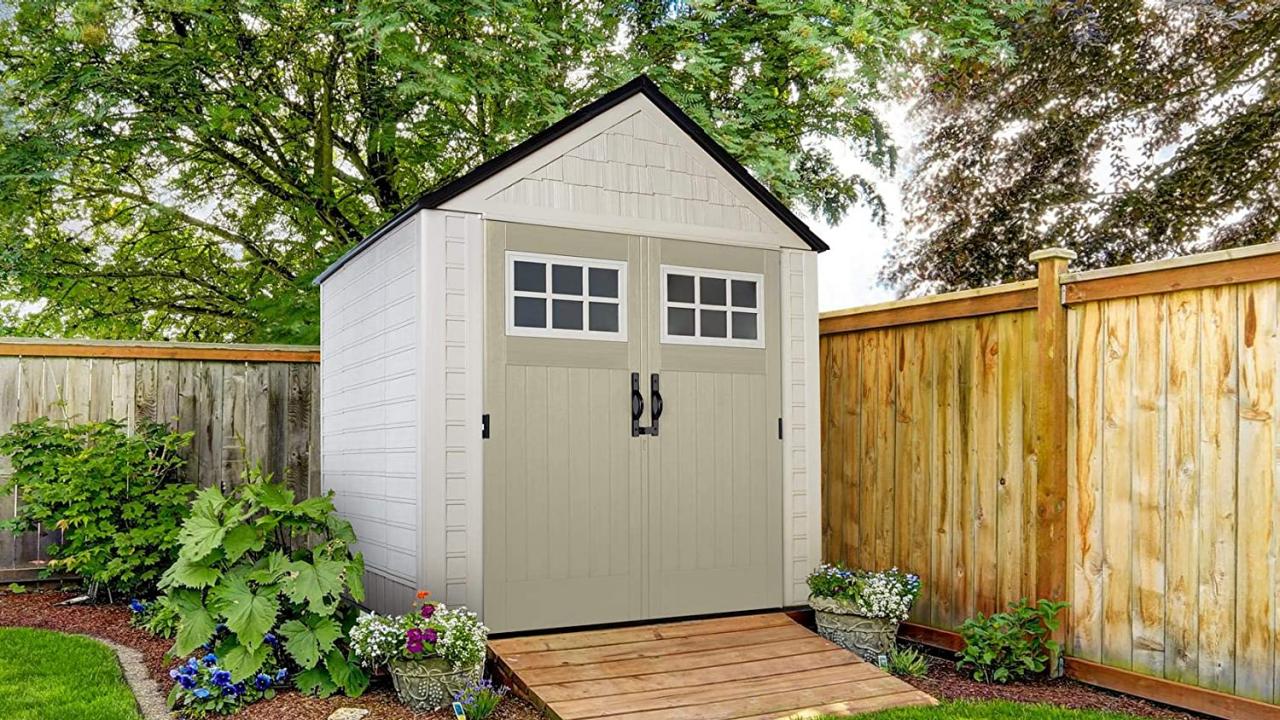
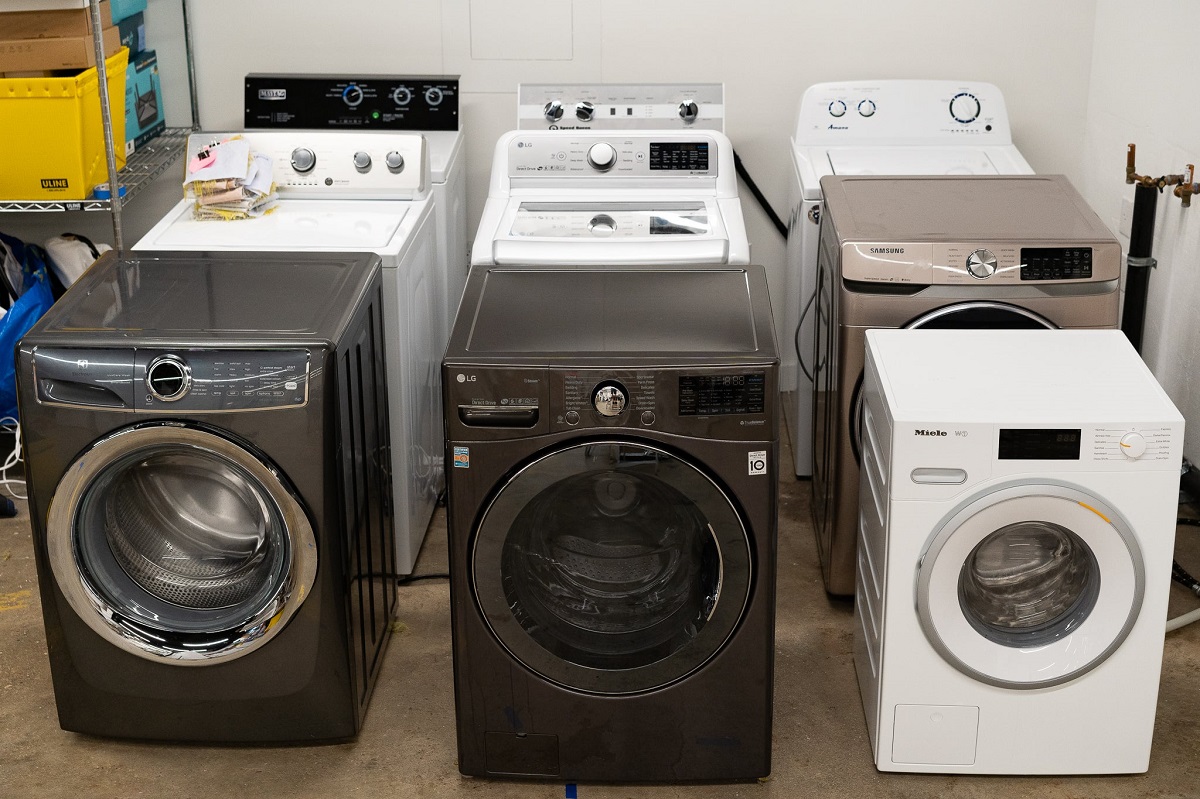
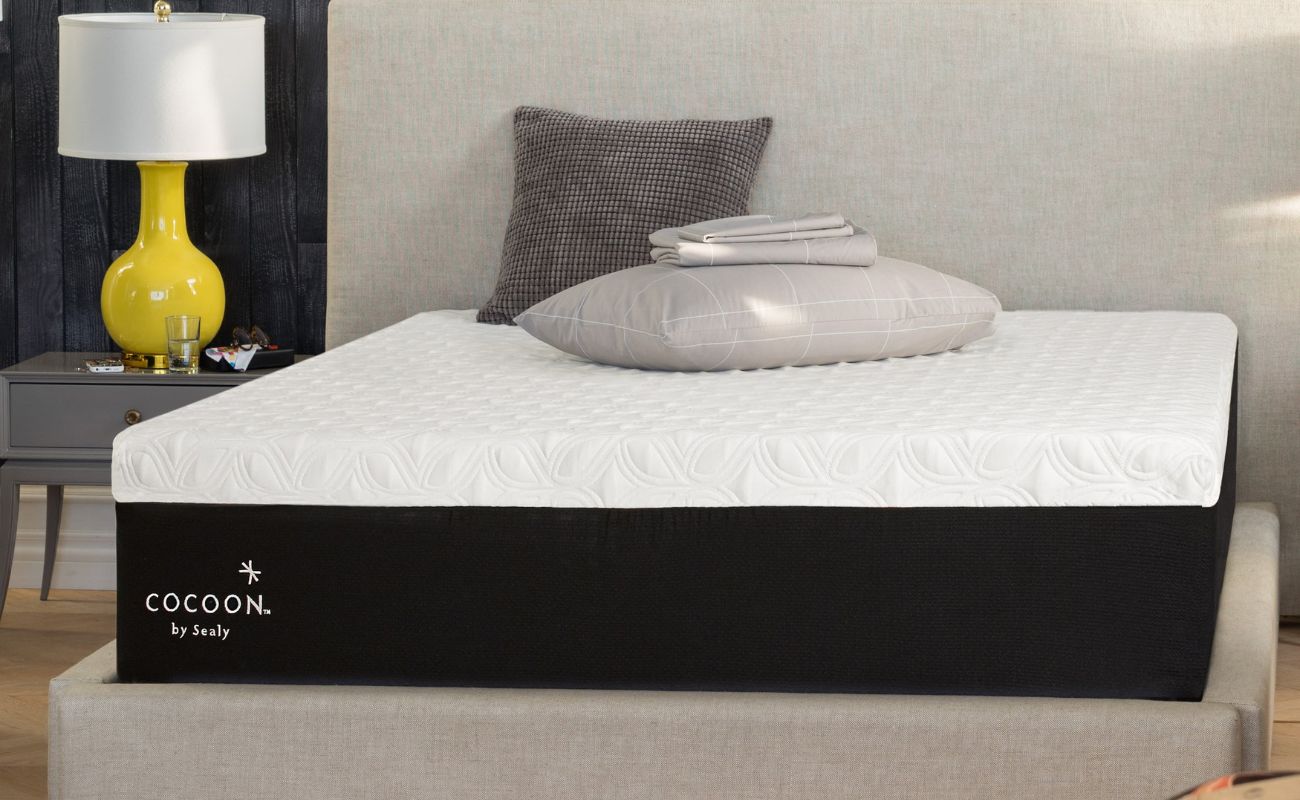
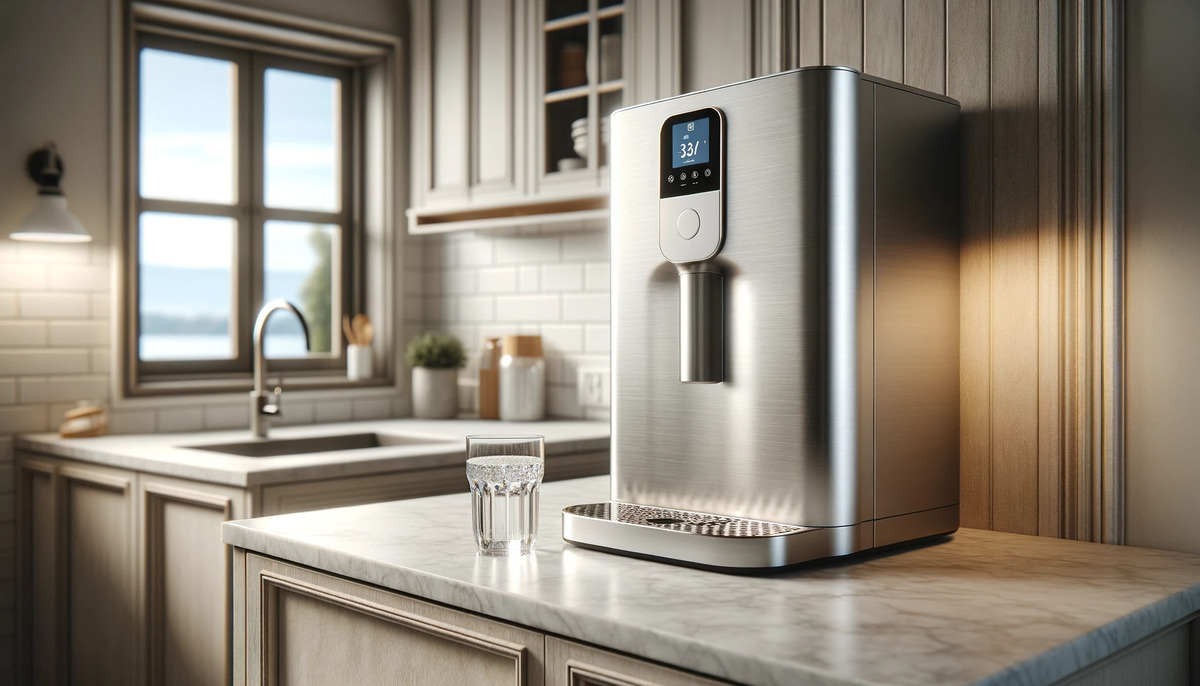

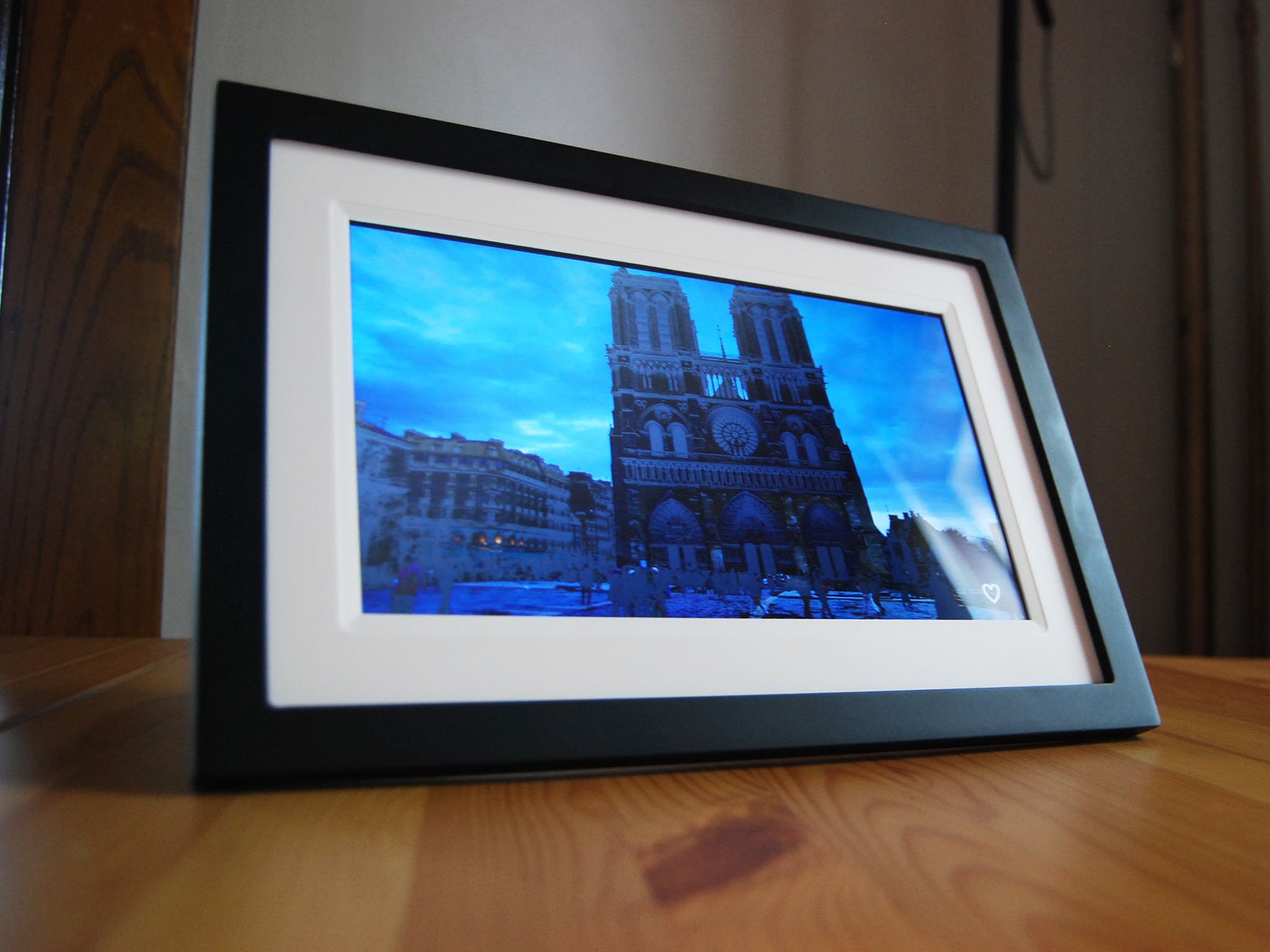
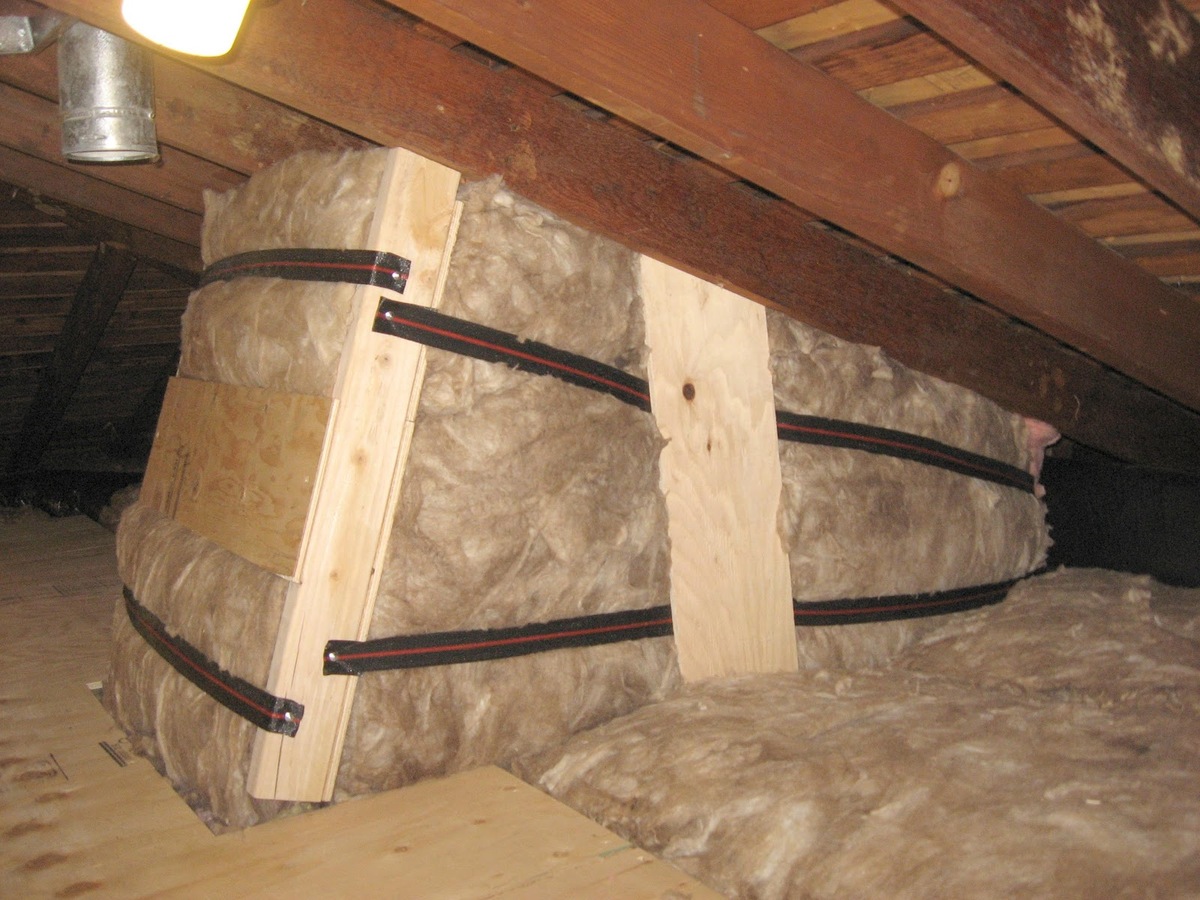
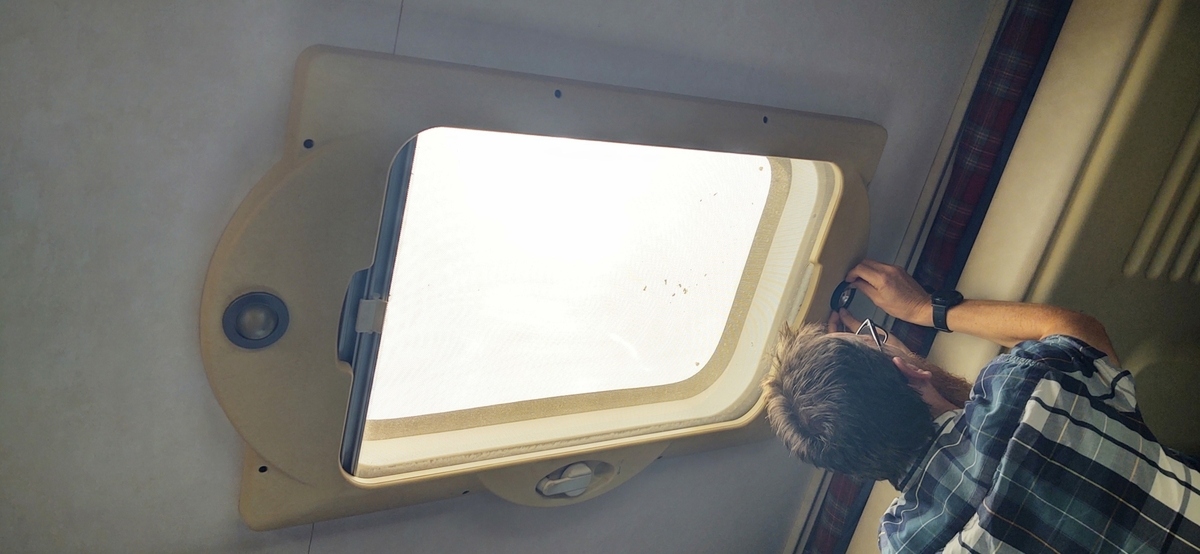
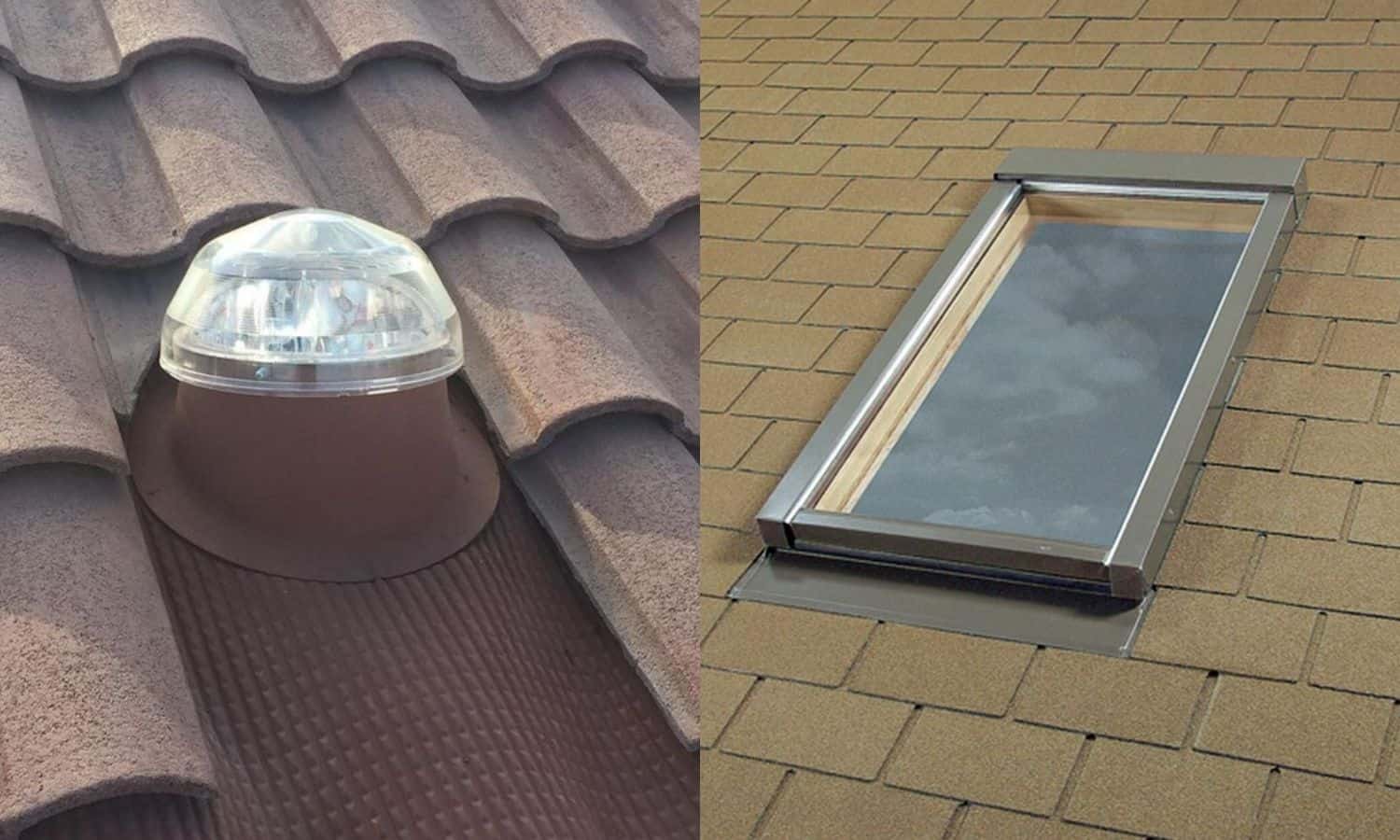
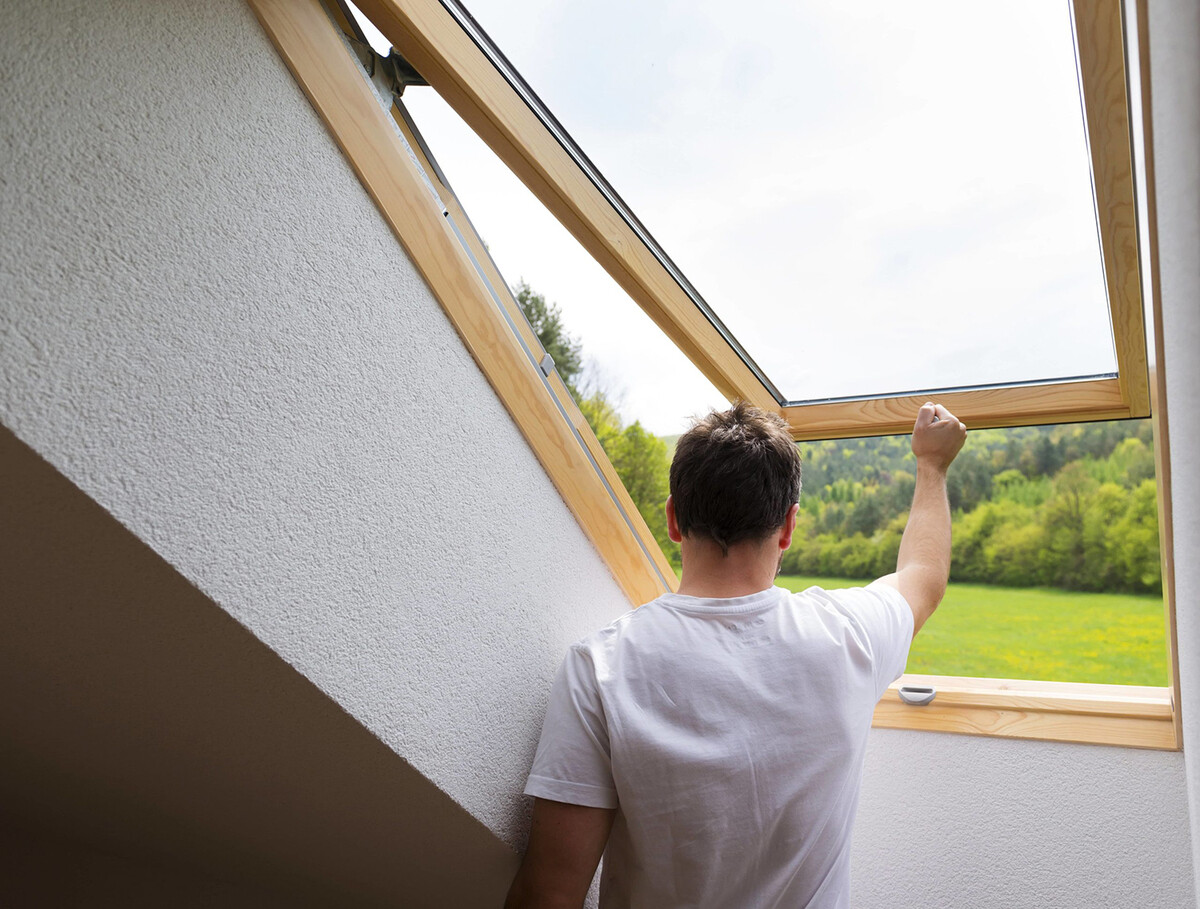
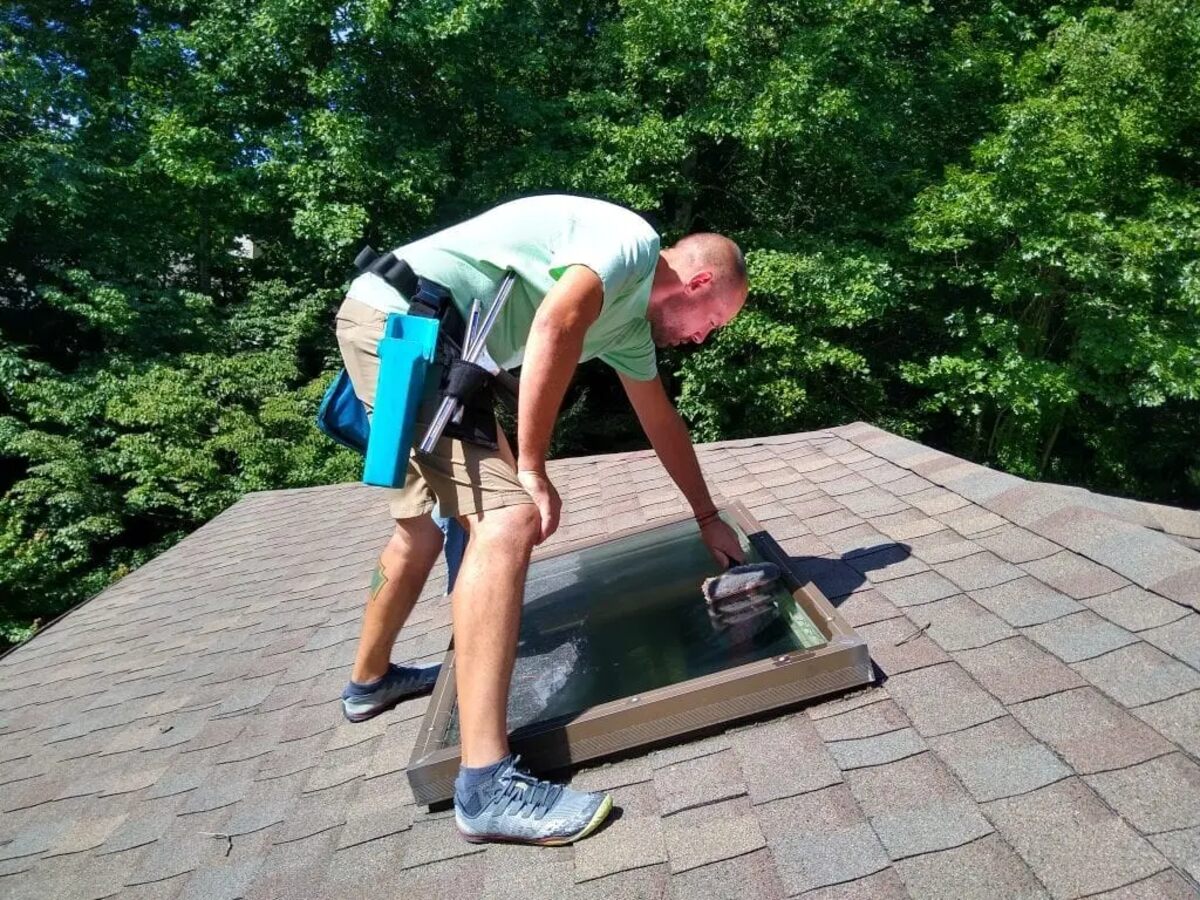
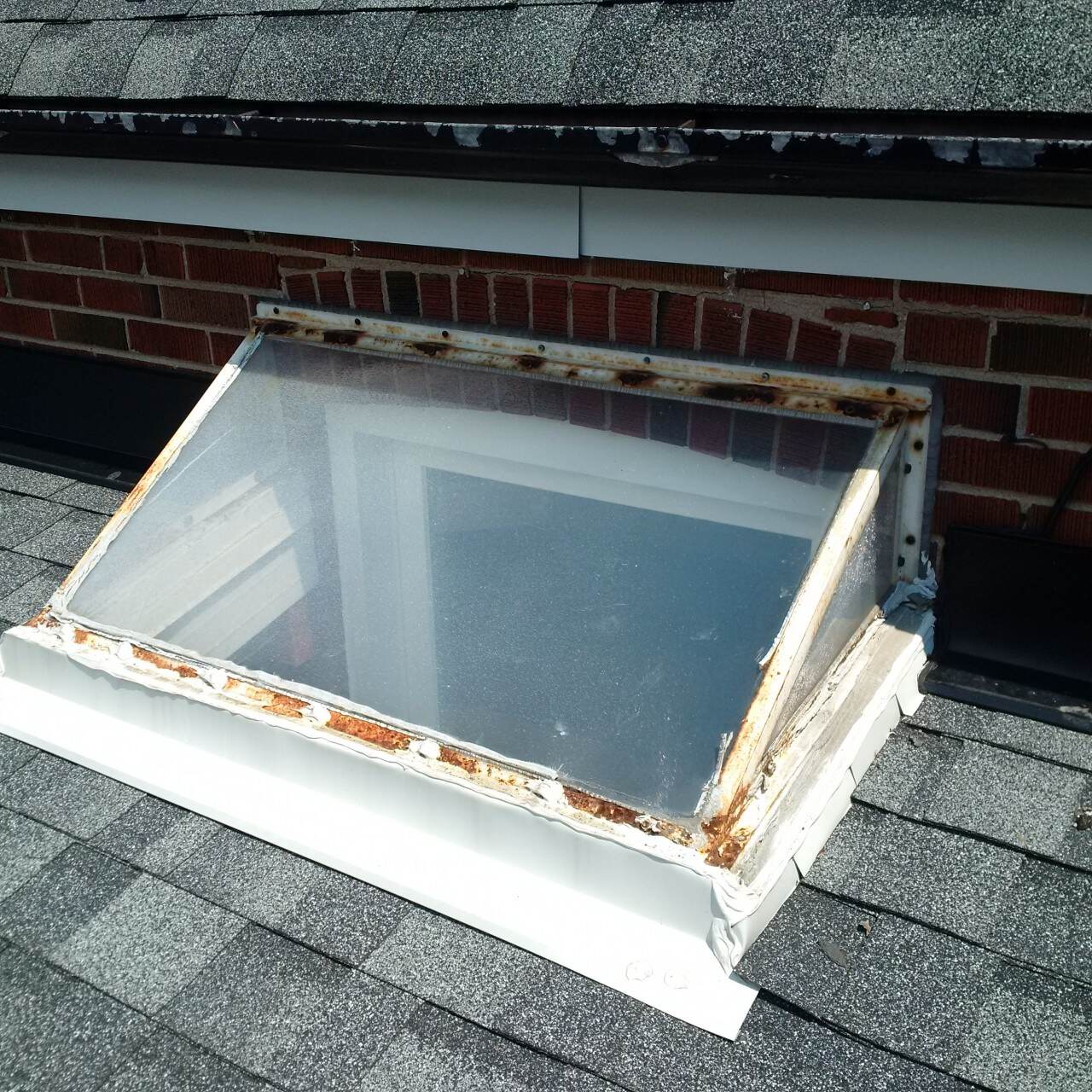
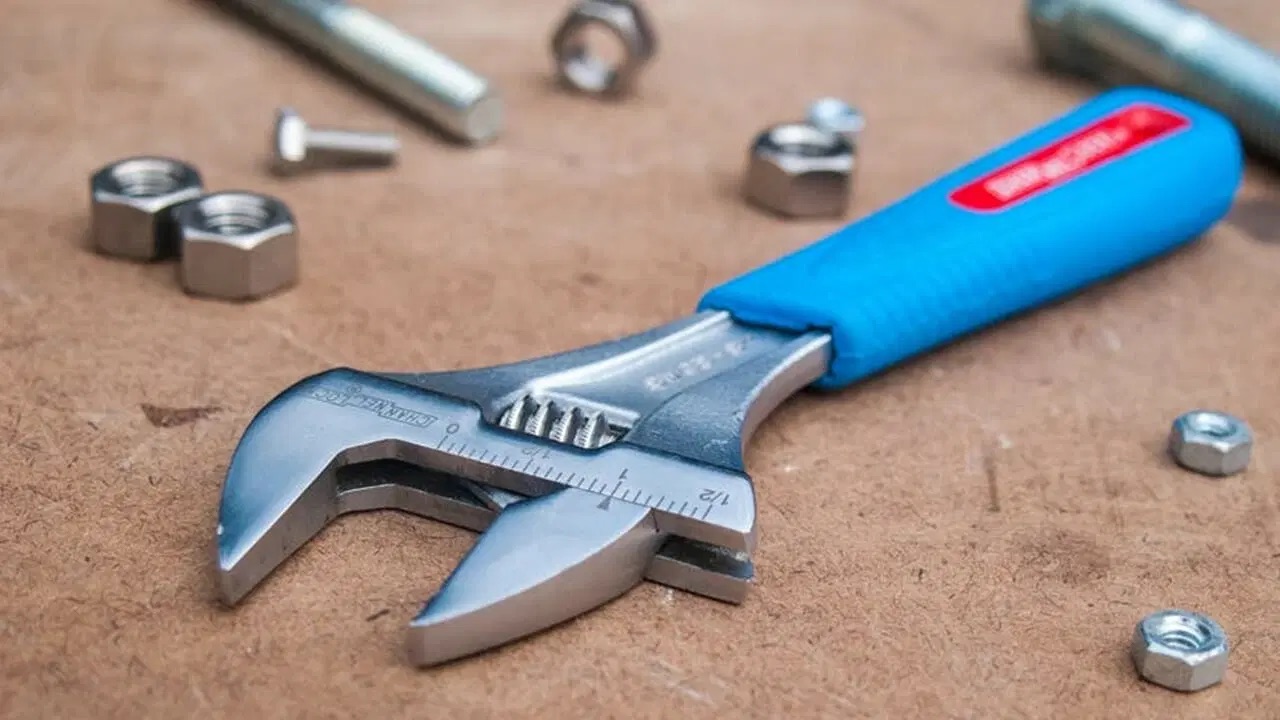

0 thoughts on “What Is The Best Skylight To Buy”